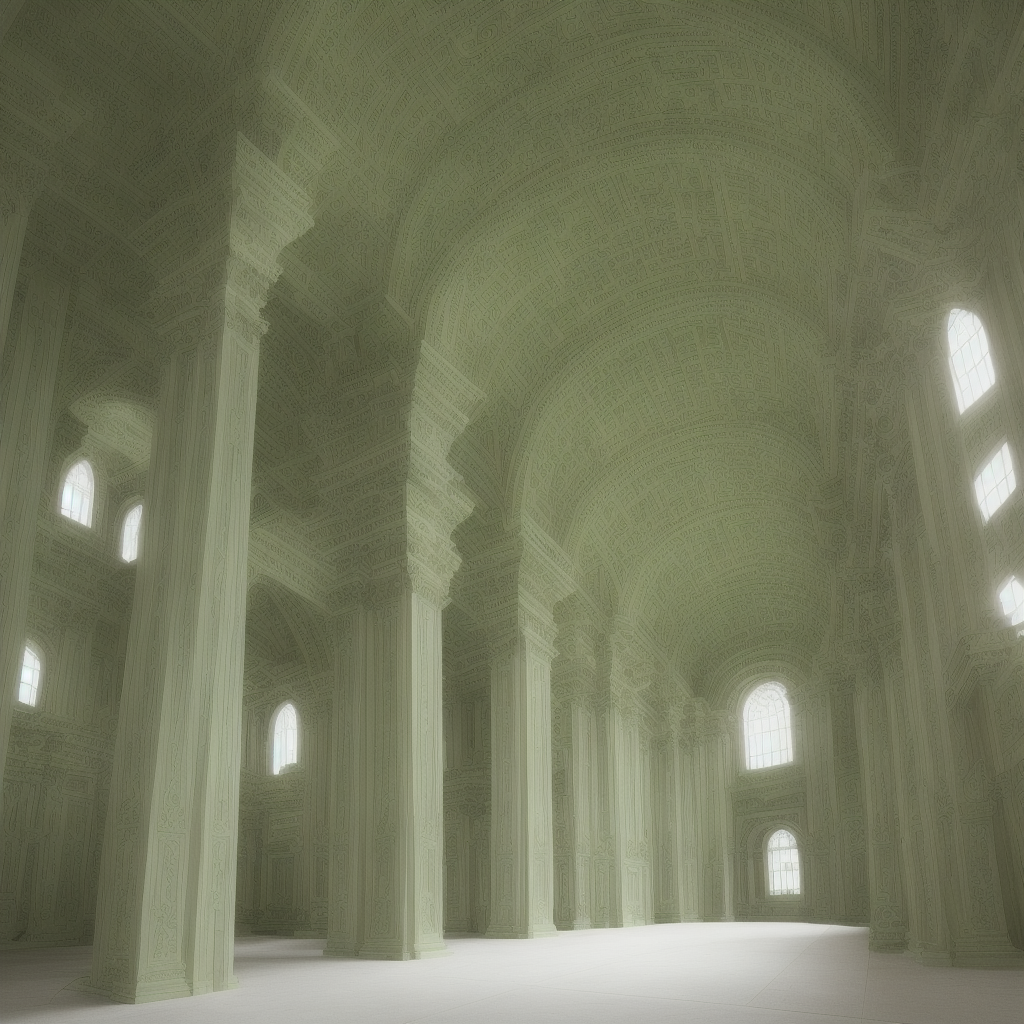Michelangelo and the color Green

Michelangelo, the renowned Italian artist of the High Renaissance, was a master of using color to evoke emotion and meaning in his works. While he is perhaps best known for his sculptural masterpieces such as the David and the Pietà, Michelangelo also displayed a unique and innovative approach to color in his paintings.One of the colors that Michelangelo used in a particularly striking and innovative way was green. In his frescoes on the ceiling of the Sistine Chapel in Vatican City, Michelangelo incorporated shades of green to convey a sense of balance and harmony amidst the grandeur and complexity of his compositions. Green, traditionally associated with nature, growth, and fertility, was used by Michelangelo to add a sense of vitality and renewal to his works.Historically, the use of green pigments was considered a mark of wealth and prestige due to the rarity and expense of obtaining certain green dyes. Michelangelo, however, was able to push the boundaries of color usage by creating his own unique shades of green through his meticulous blending of pigments. His use of green in the Sistine Chapel frescoes helped to create a sense of depth and luminosity, enhancing the overall impact of the monumental artworks.From an artistic technique standpoint, Michelangelo's handling of green involved careful consideration of light and shadow to create a sense of three-dimensionality. By subtly varying the tones and hues of green in his compositions, Michelangelo was able to create a dynamic interplay of light and dark that added depth and richness to his paintings. This mastery of color allowed Michelangelo to infuse his works with a sense of movement and energy, drawing the viewer into the artistic world he had created.Imaginatively, Michelangelo's use of green can be interpreted as a reflection of his own reverence for nature and the natural world. Green, as a symbol of growth and renewal, perhaps speaks to Michelangelo's own philosophical and spiritual beliefs about the interconnectedness of all living things. Through his use of green, Michelangelo was able to infuse his works with a sense of vitality and life force that continues to captivate viewers to this day.In conclusion, Michelangelo's unique and innovative use of the color green in his artworks demonstrates his unparalleled skill as an artist and his ability to convey complex emotions and concepts through the manipulation of color. By incorporating shades of green into his compositions, Michelangelo was able to create a sense of harmony and balance that enriched his already masterful creations. His use of green stands as a testament to his artistic genius and continues to inspire and awe audiences centuries after his passing.